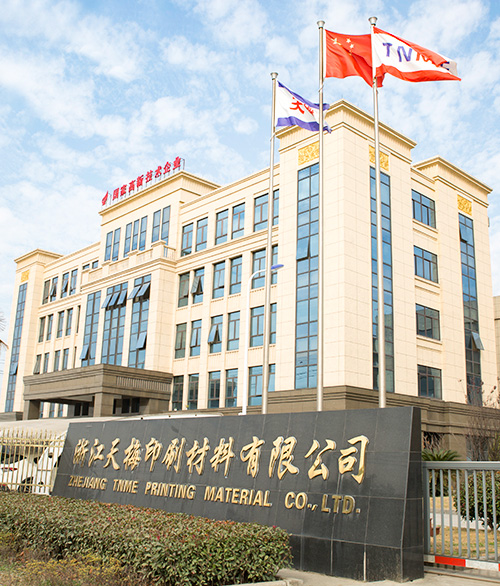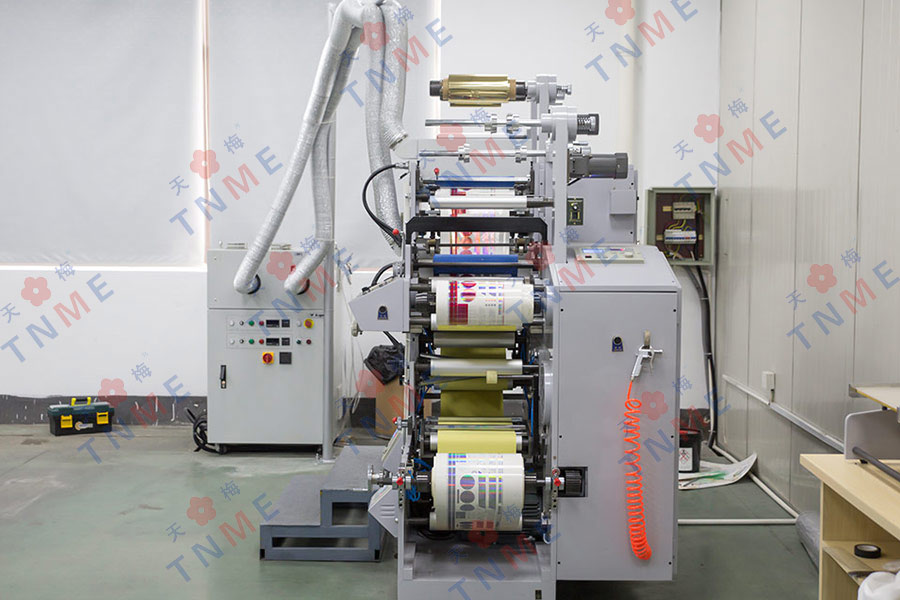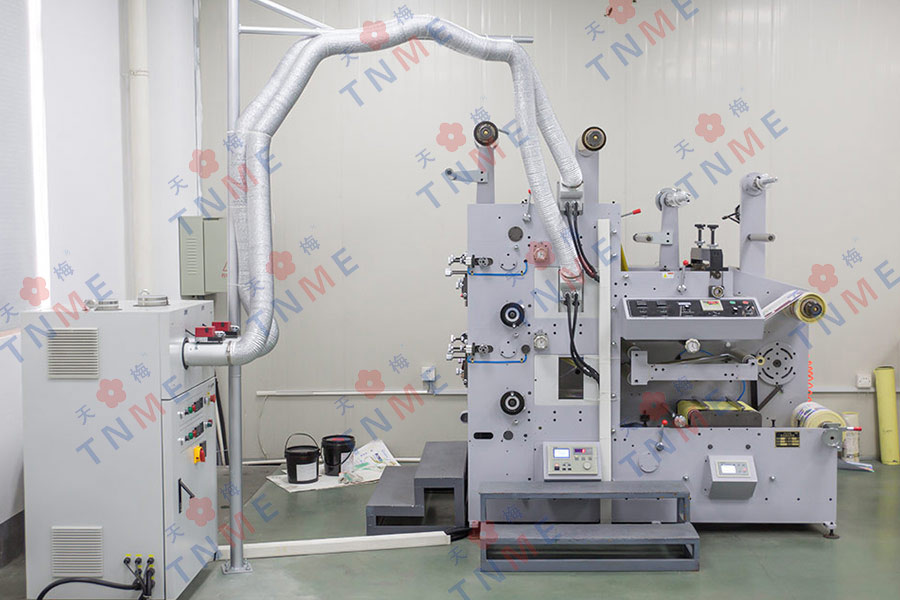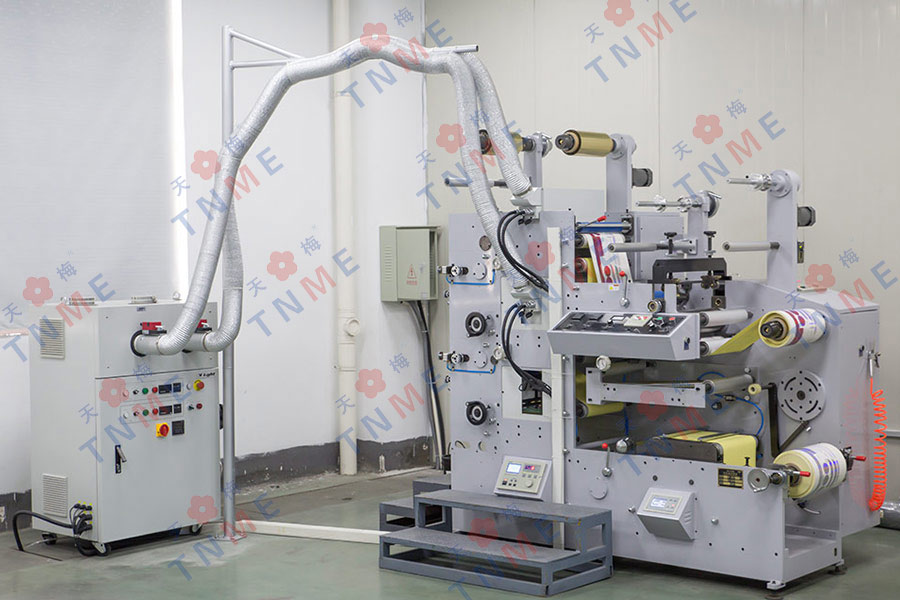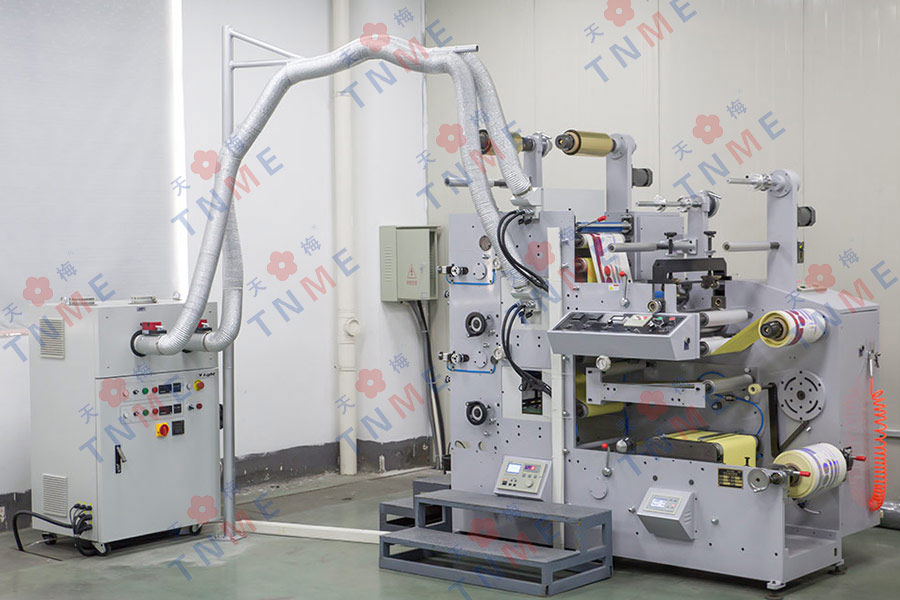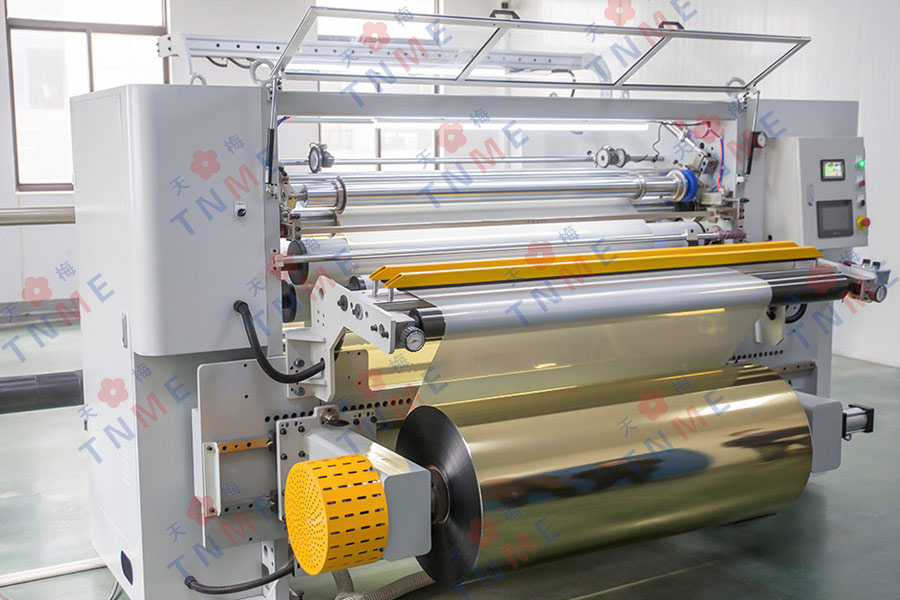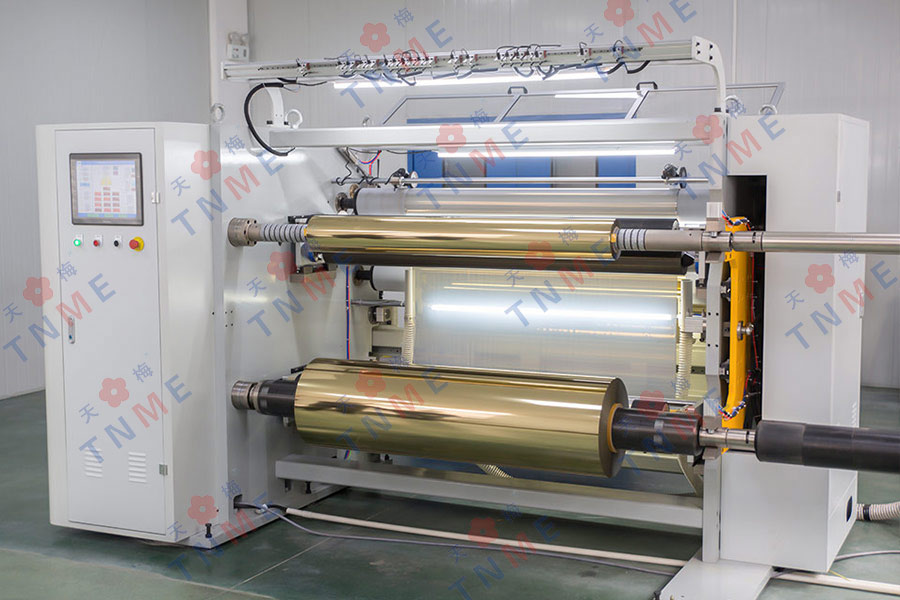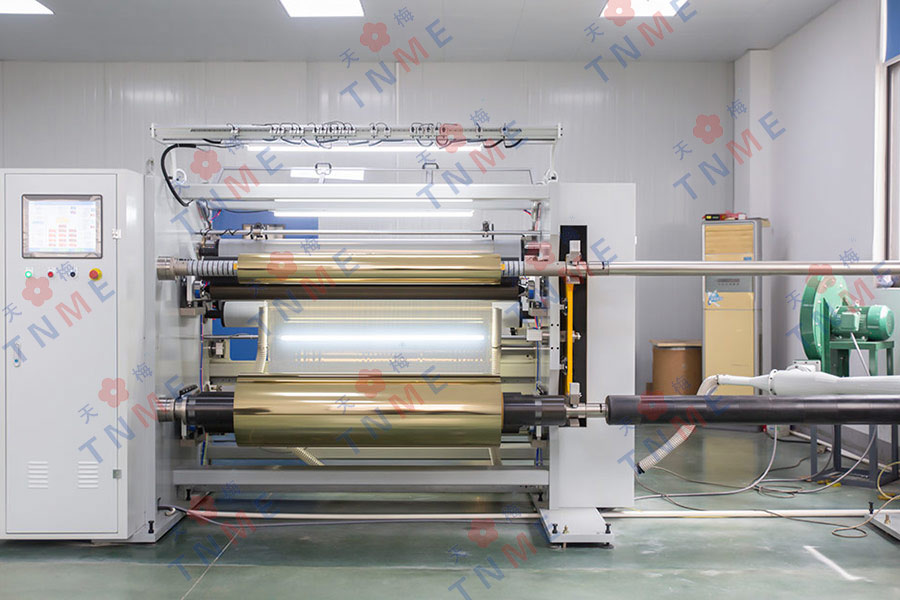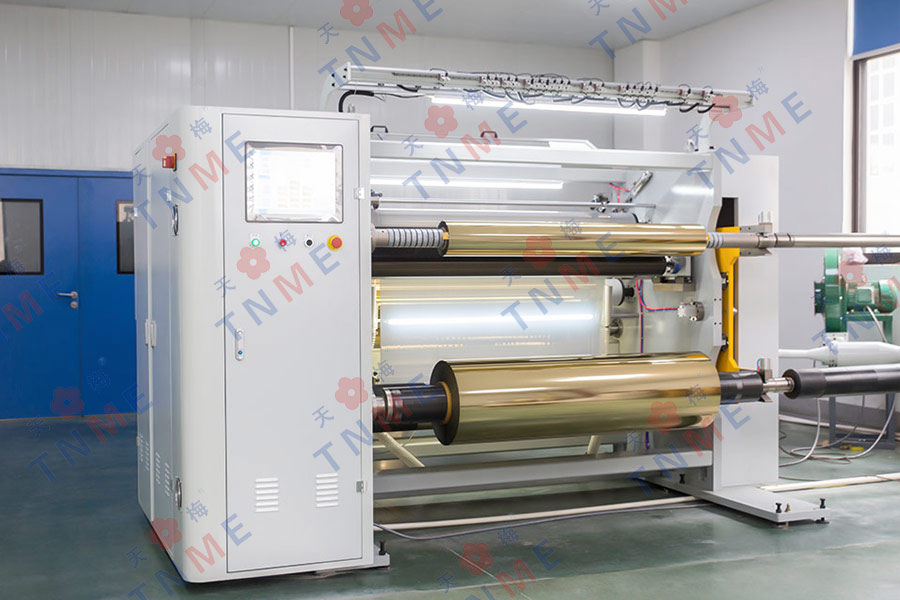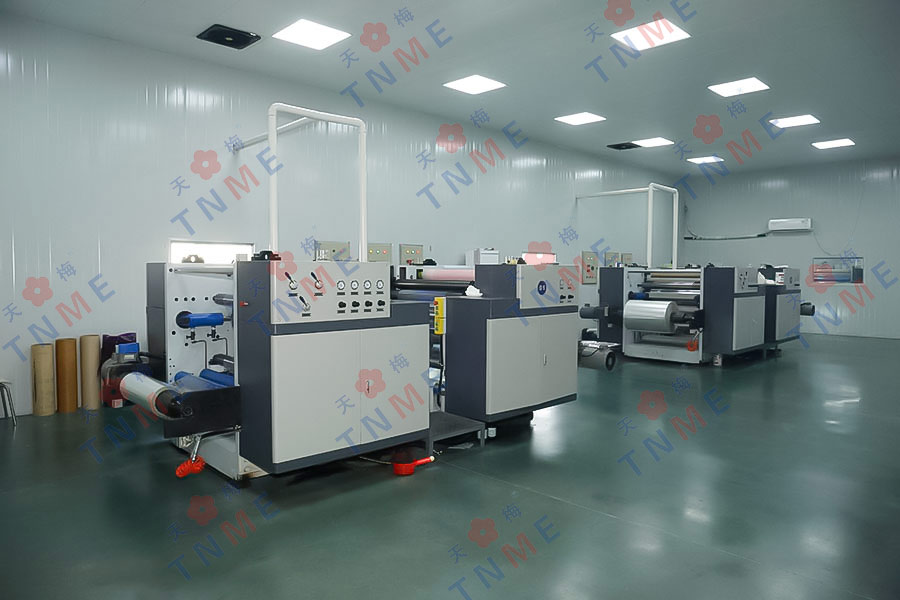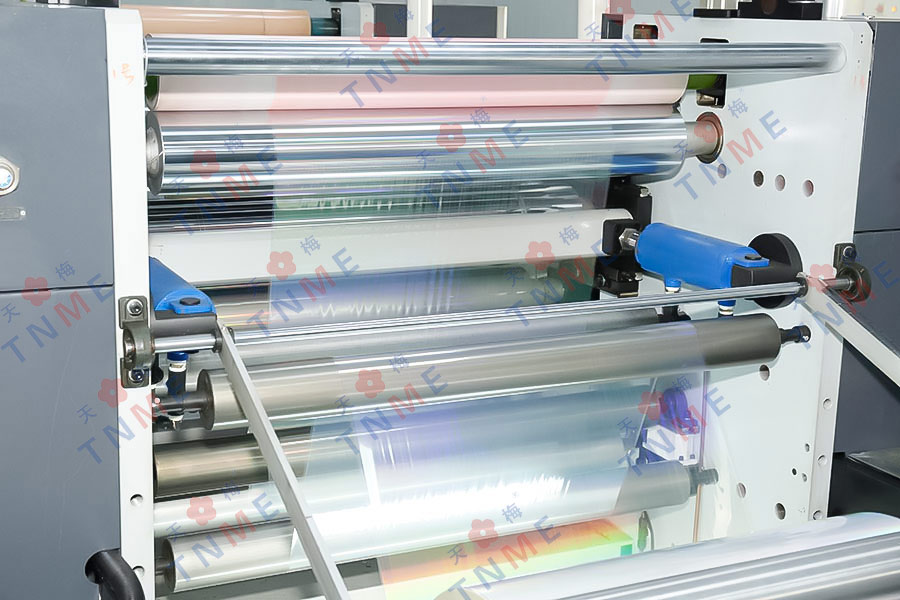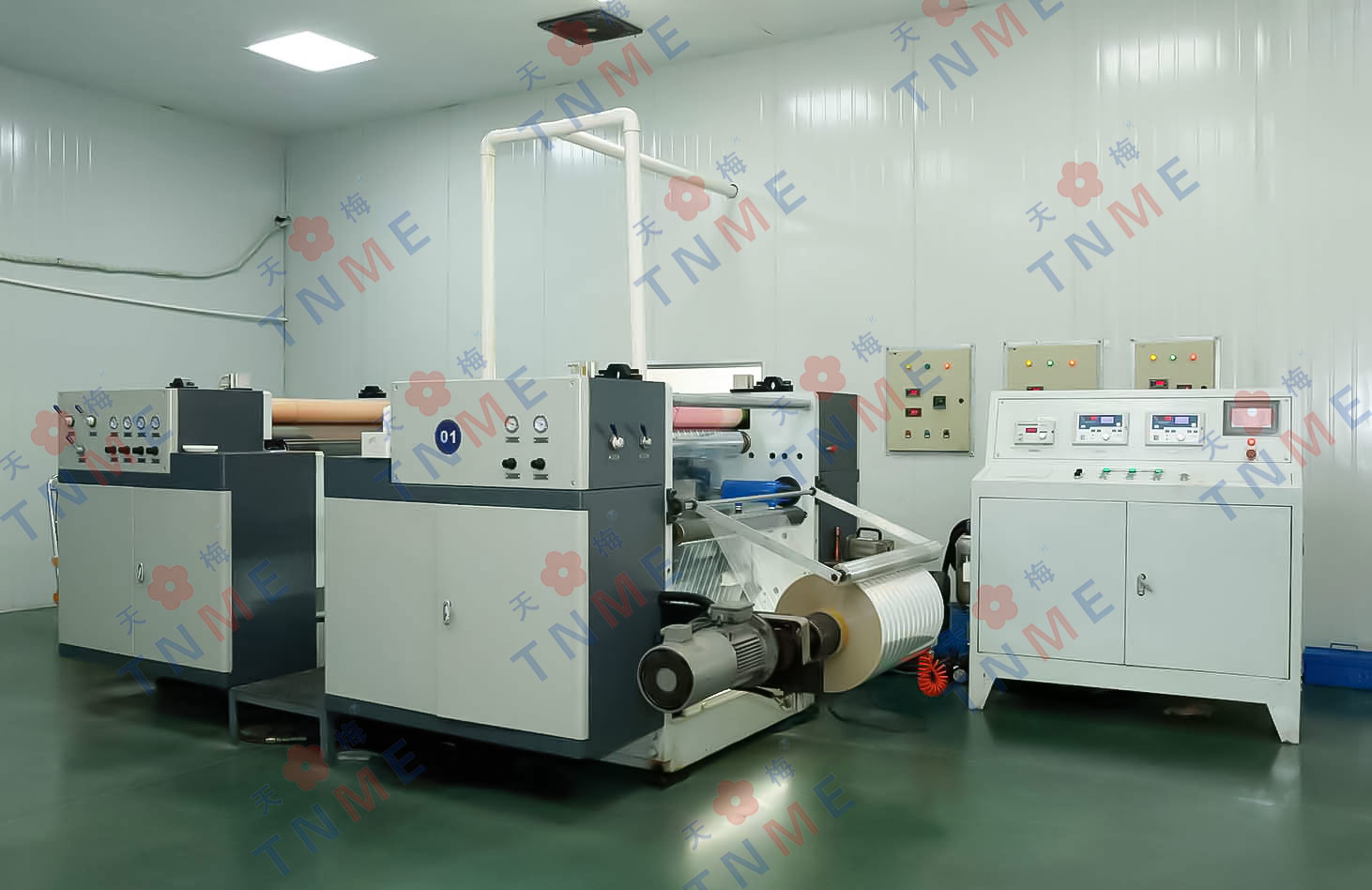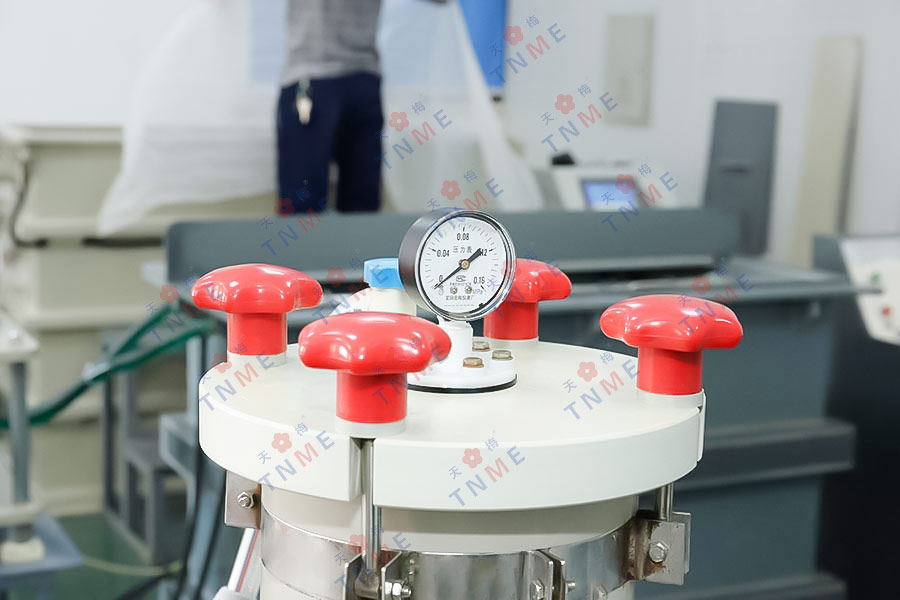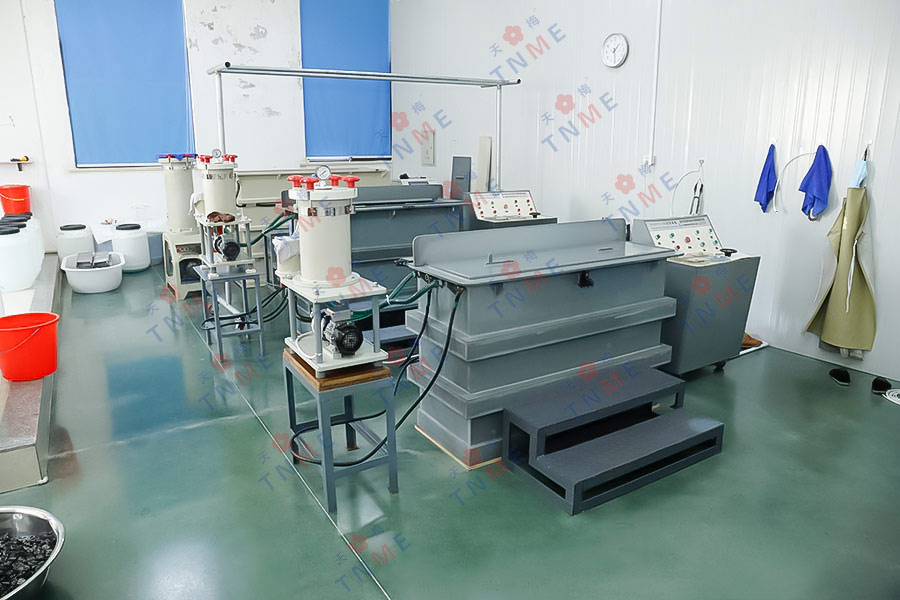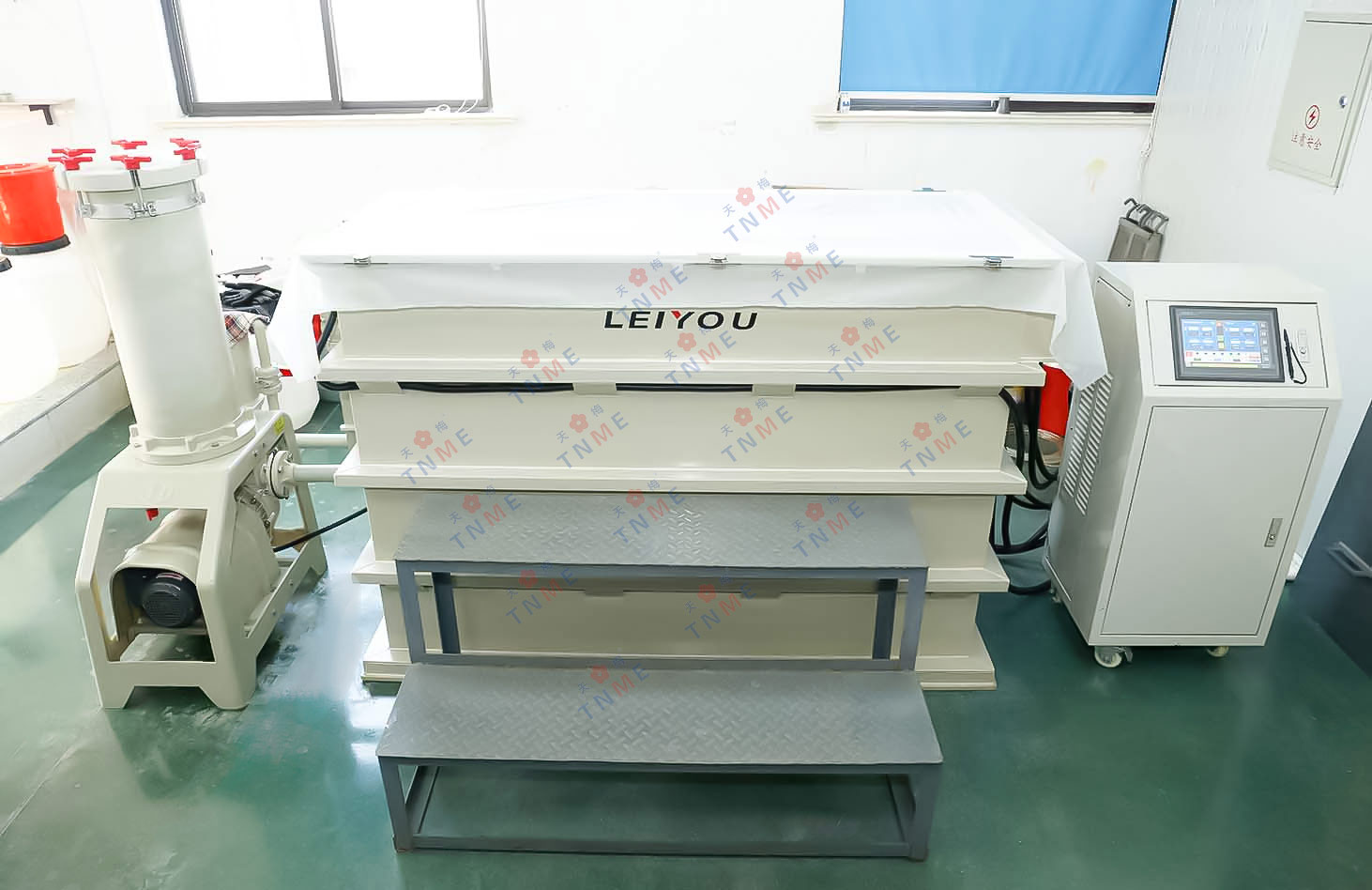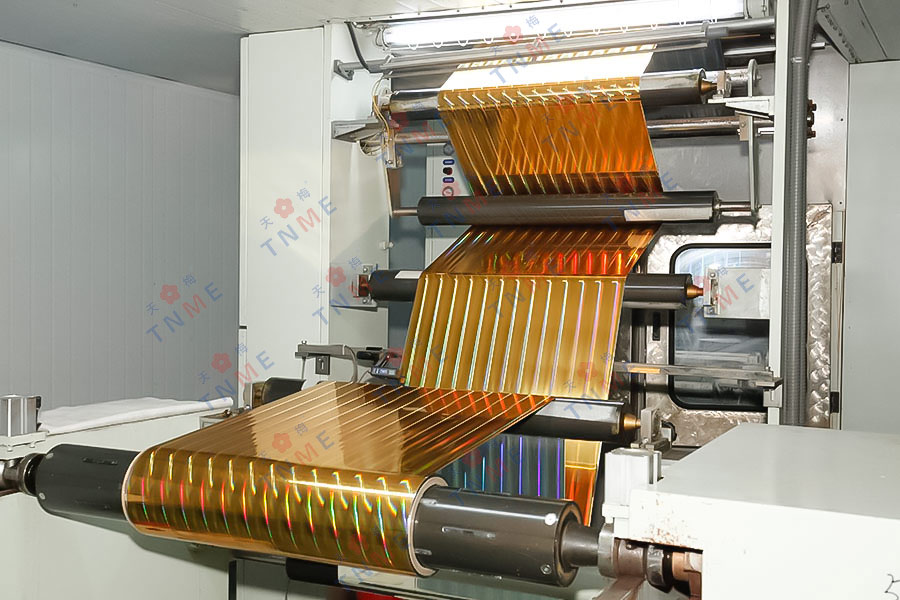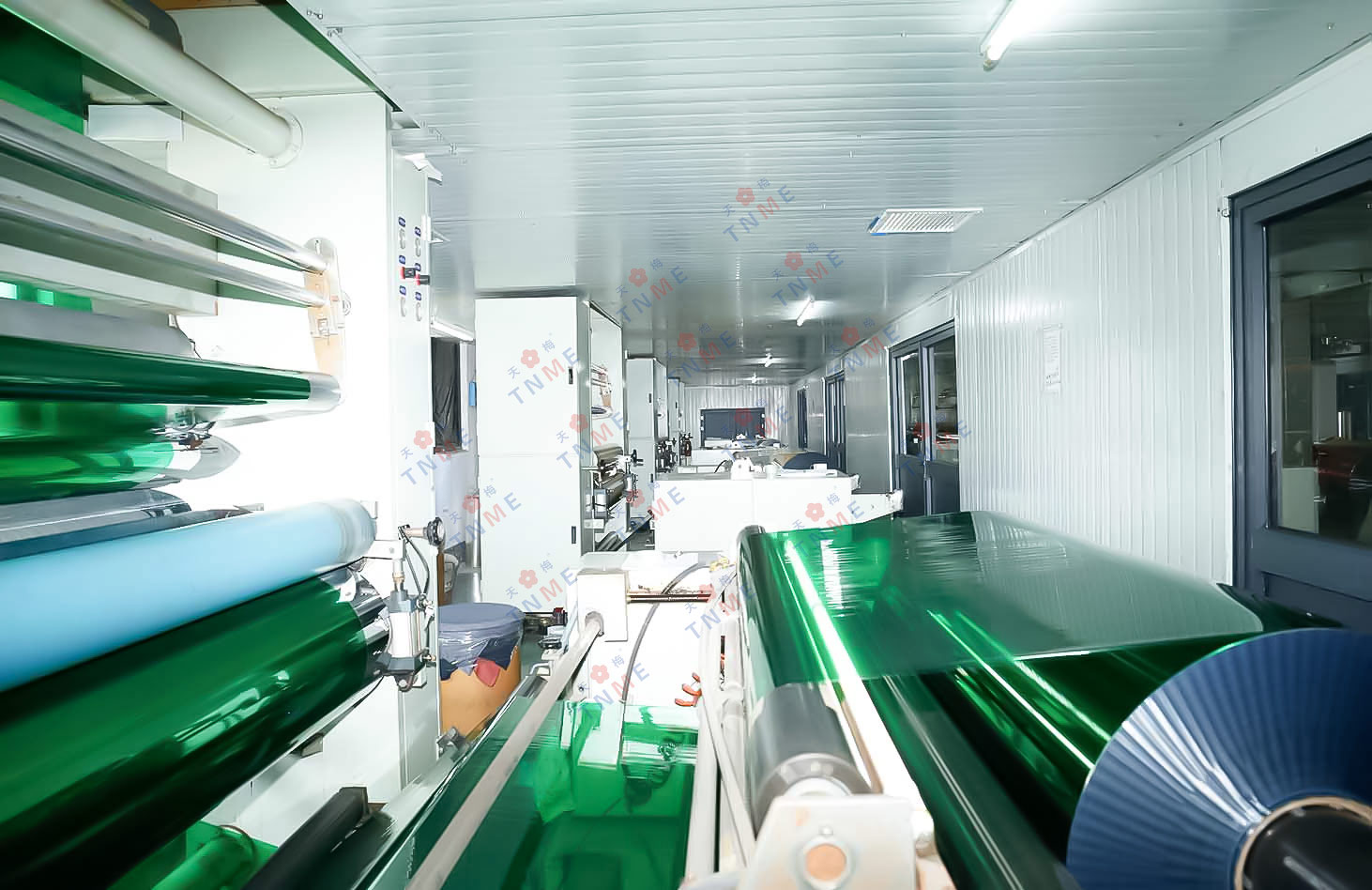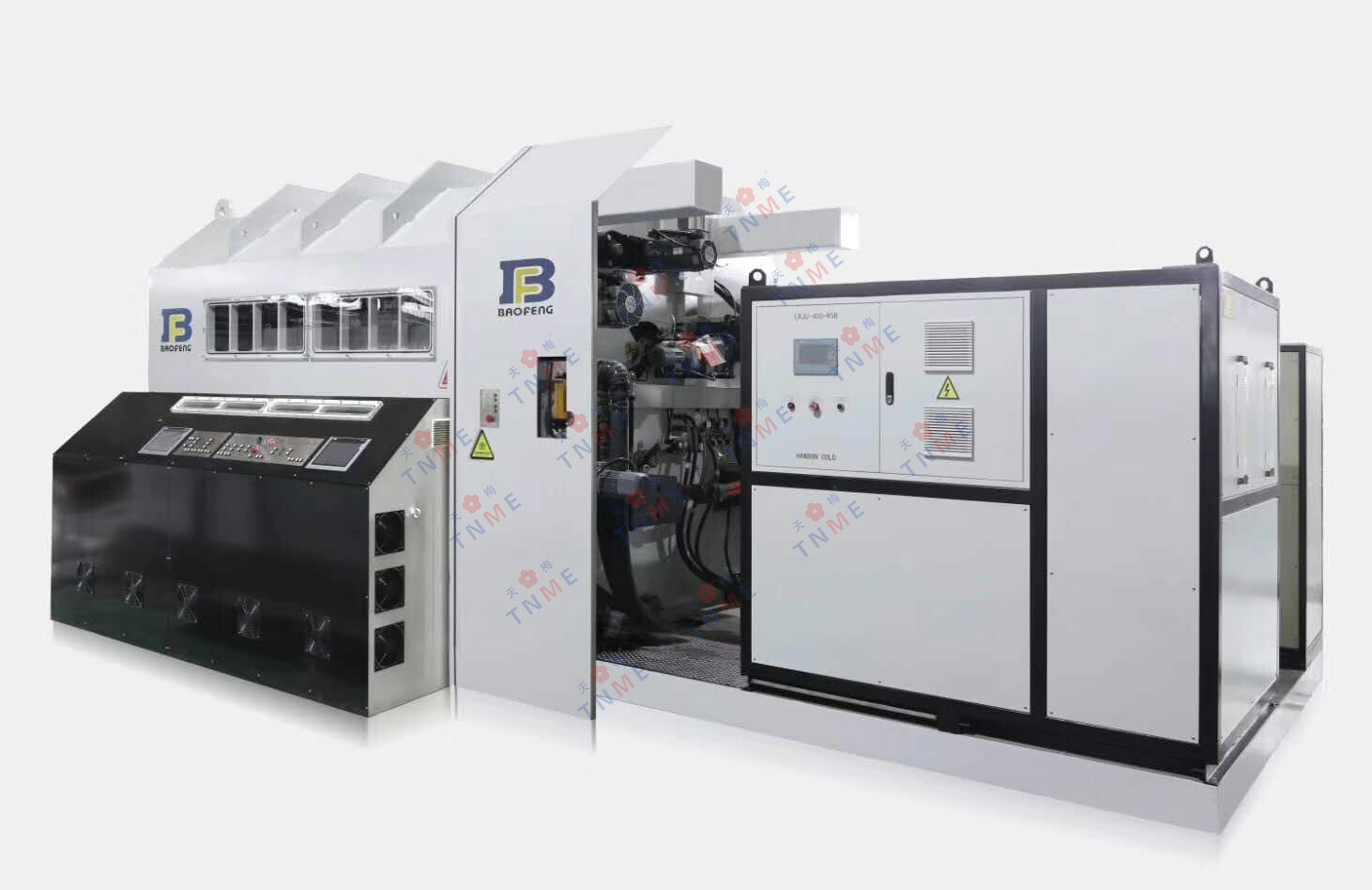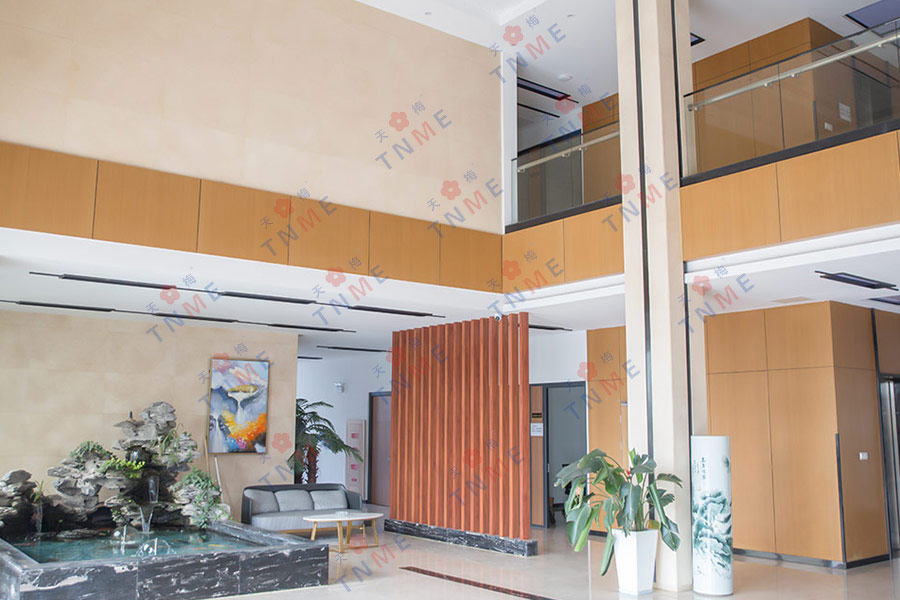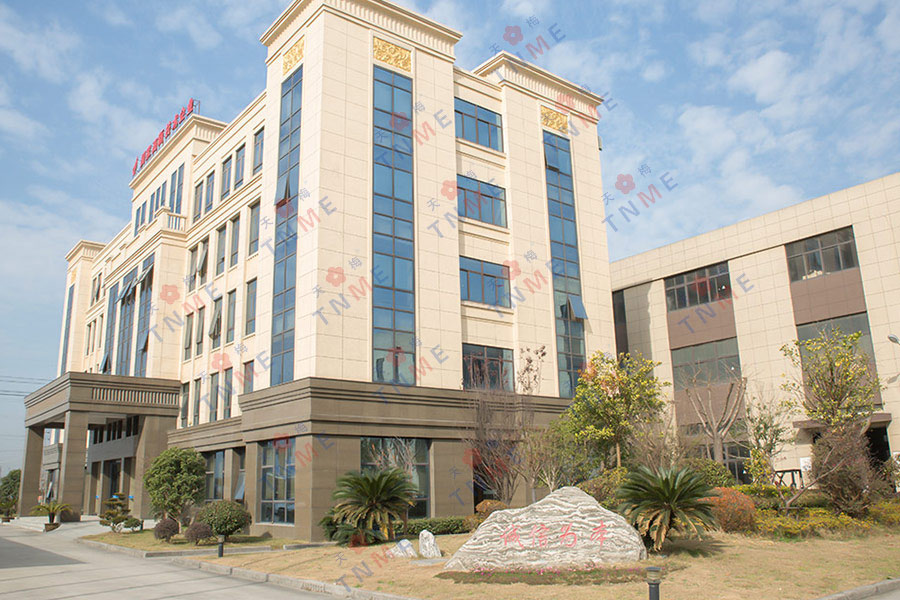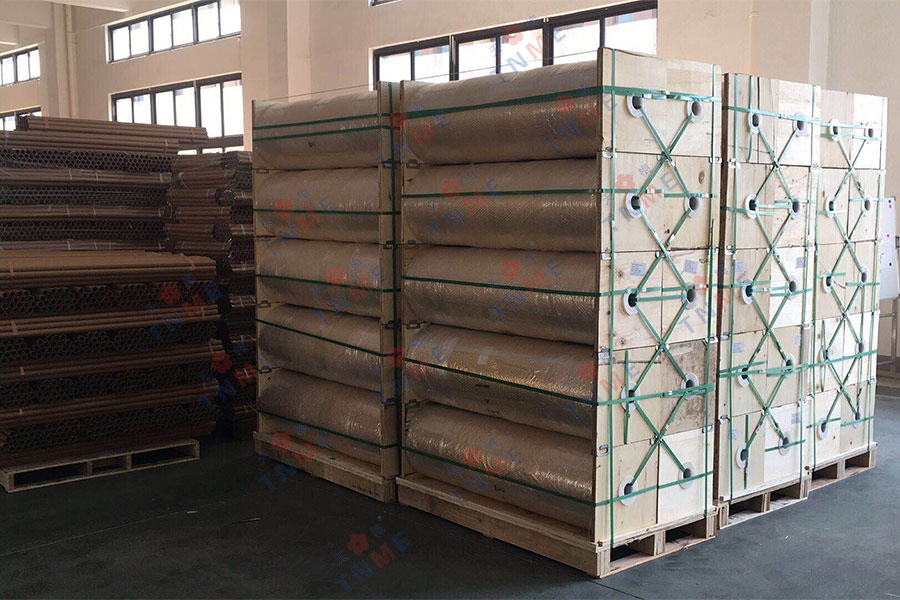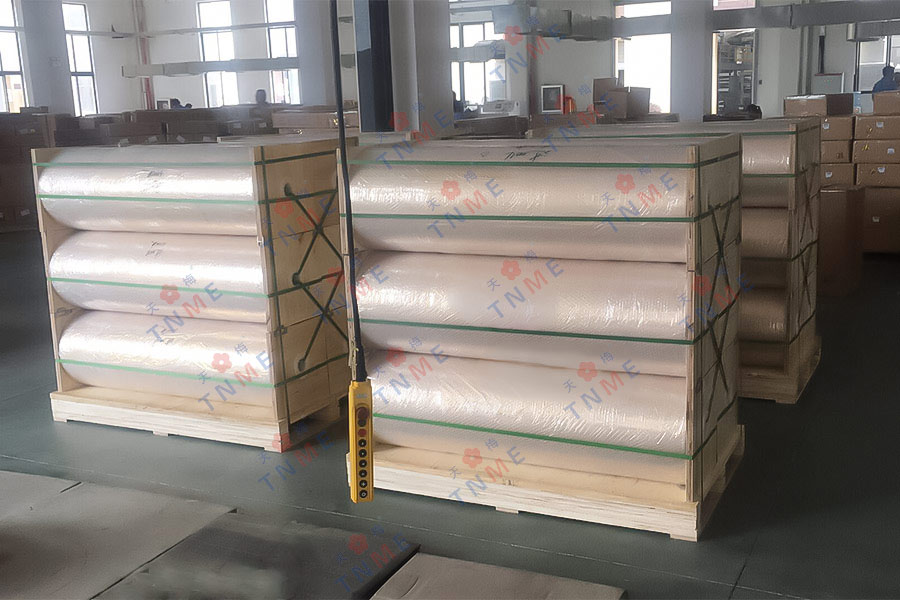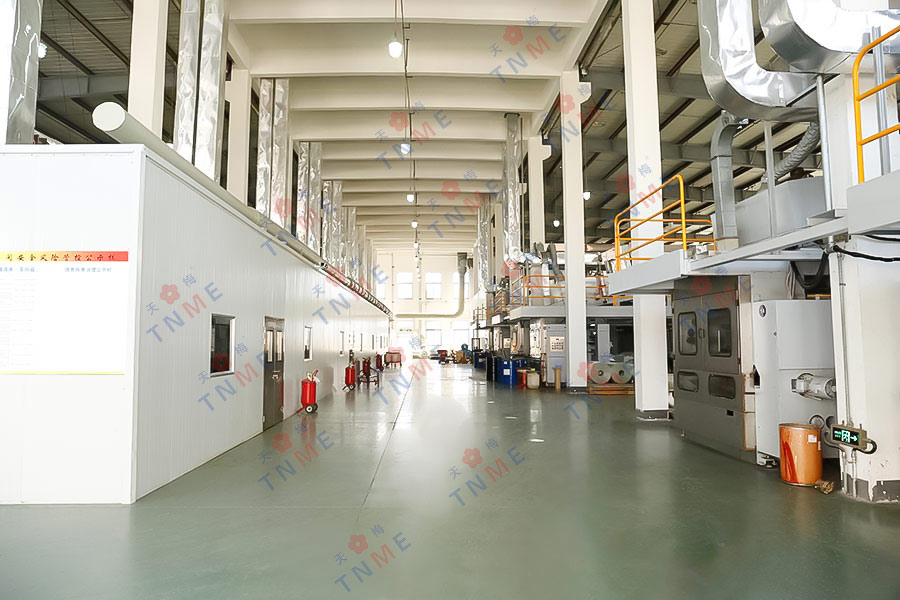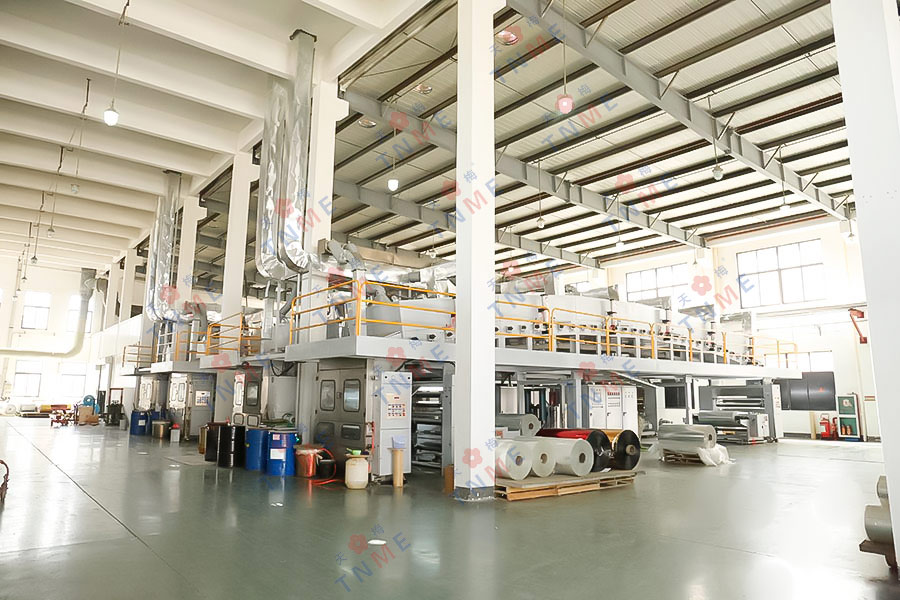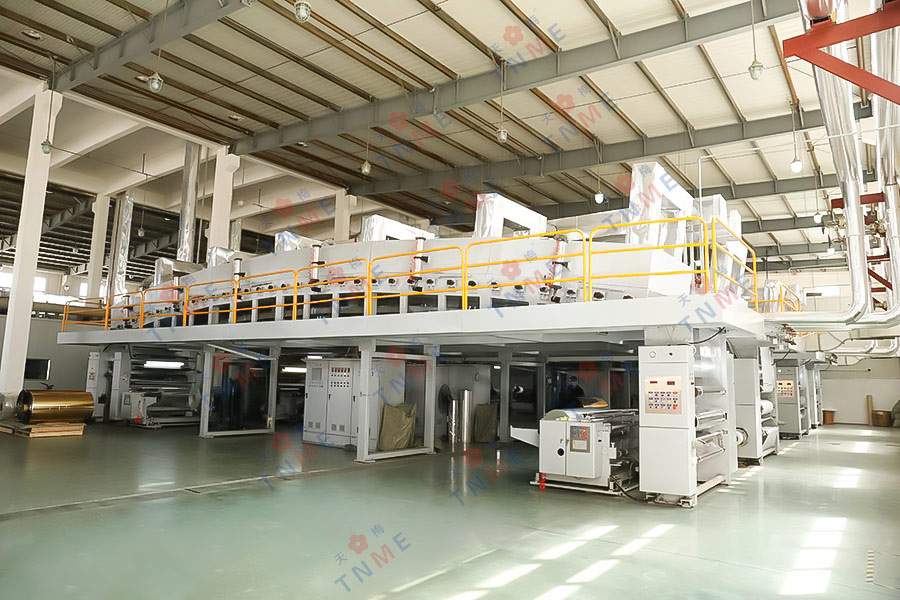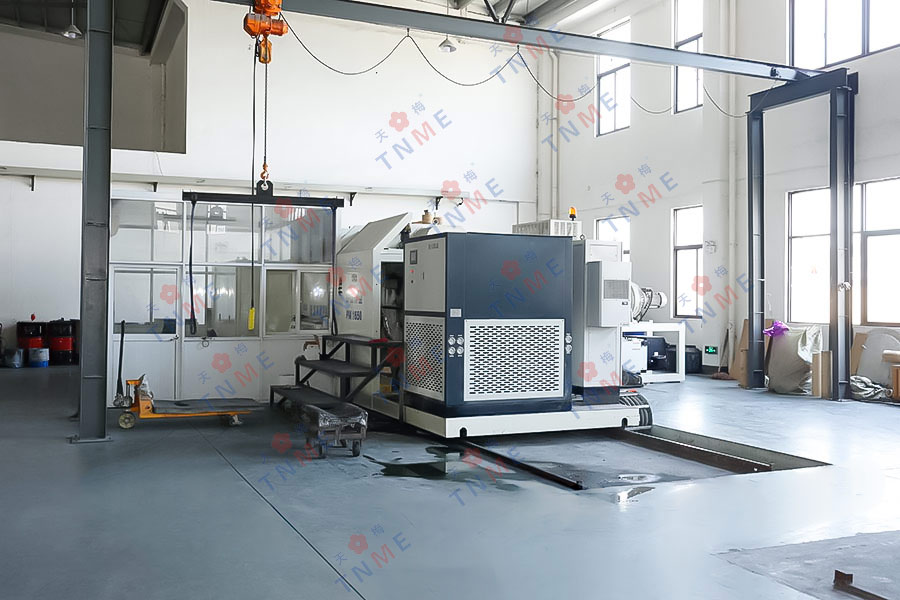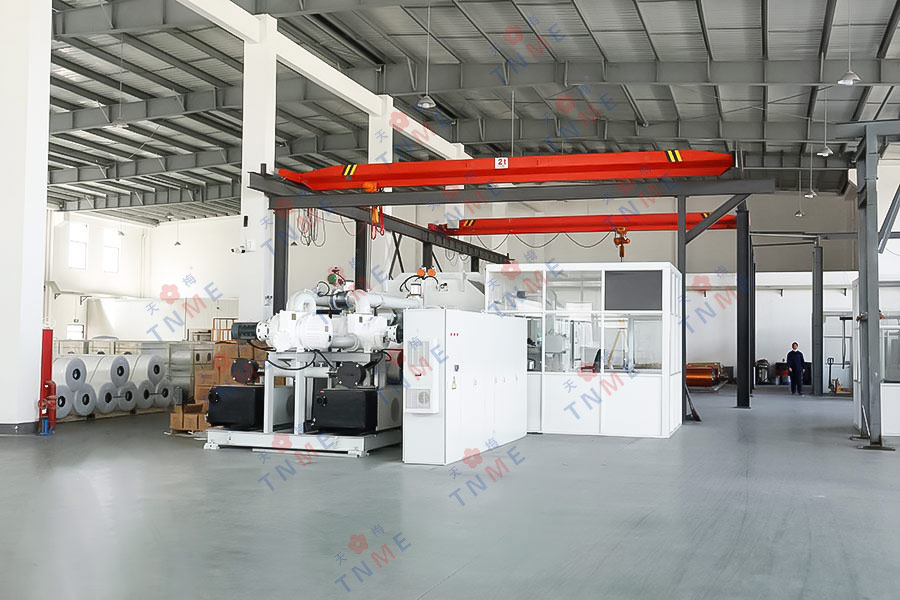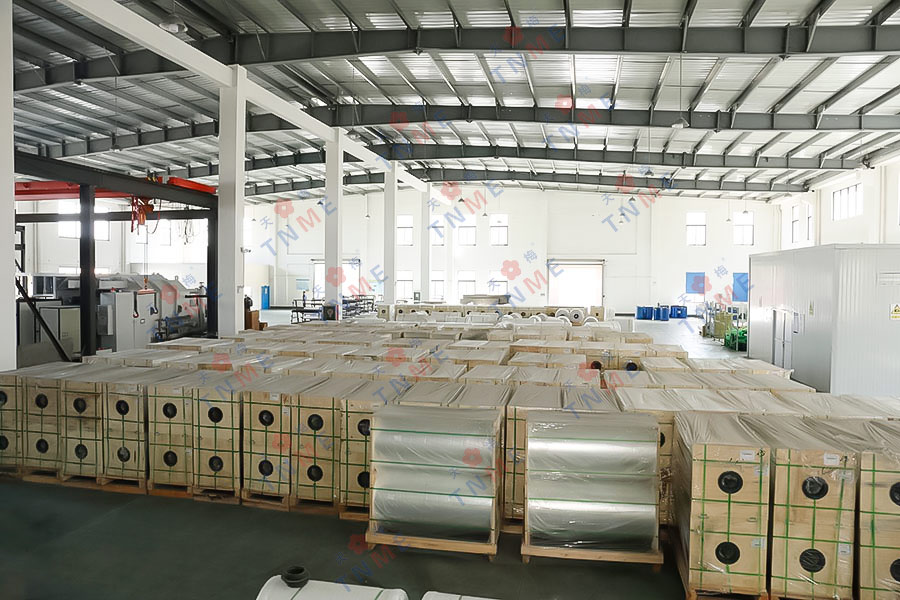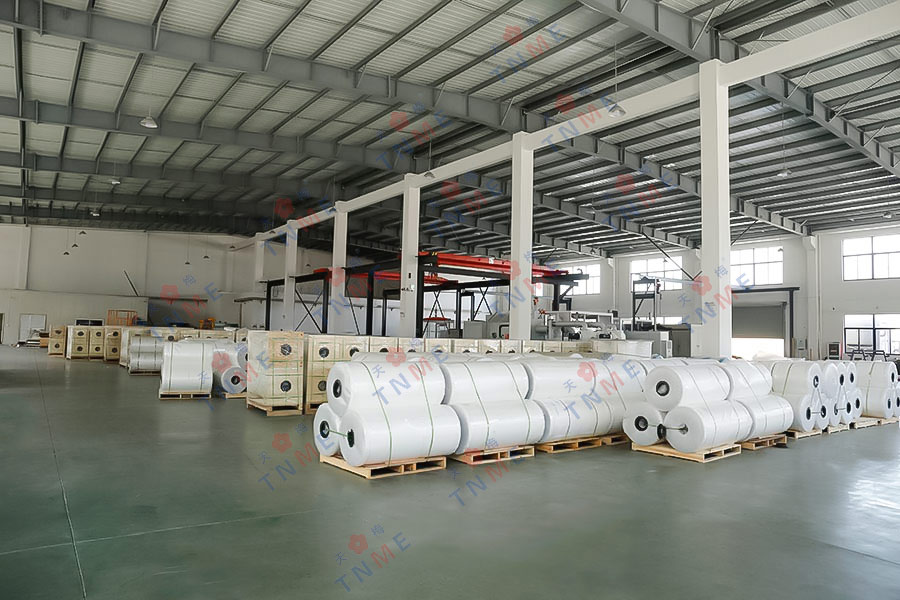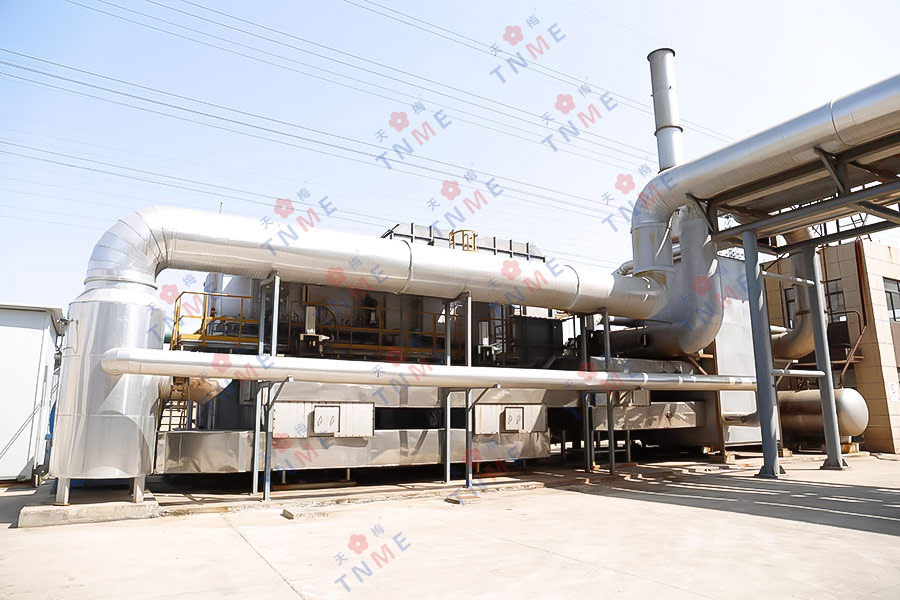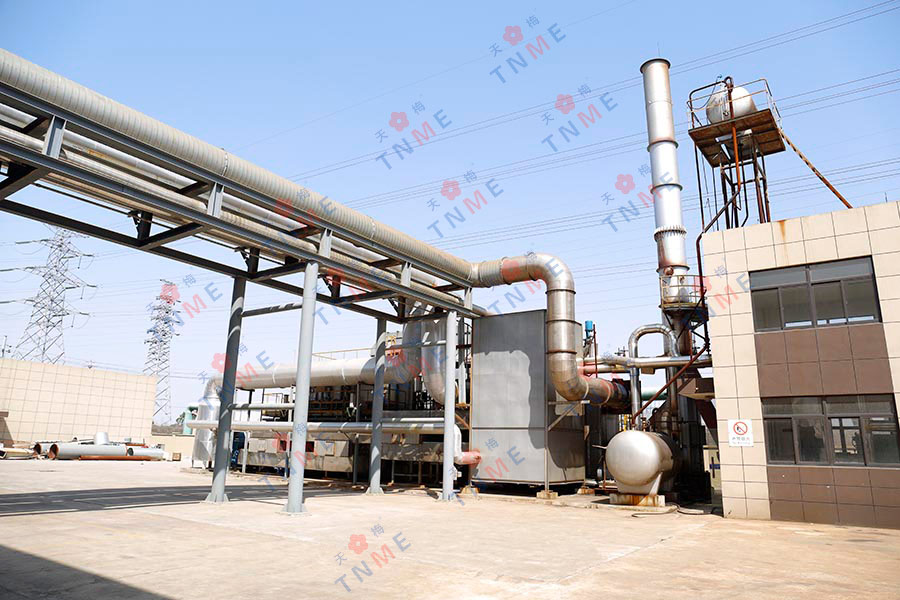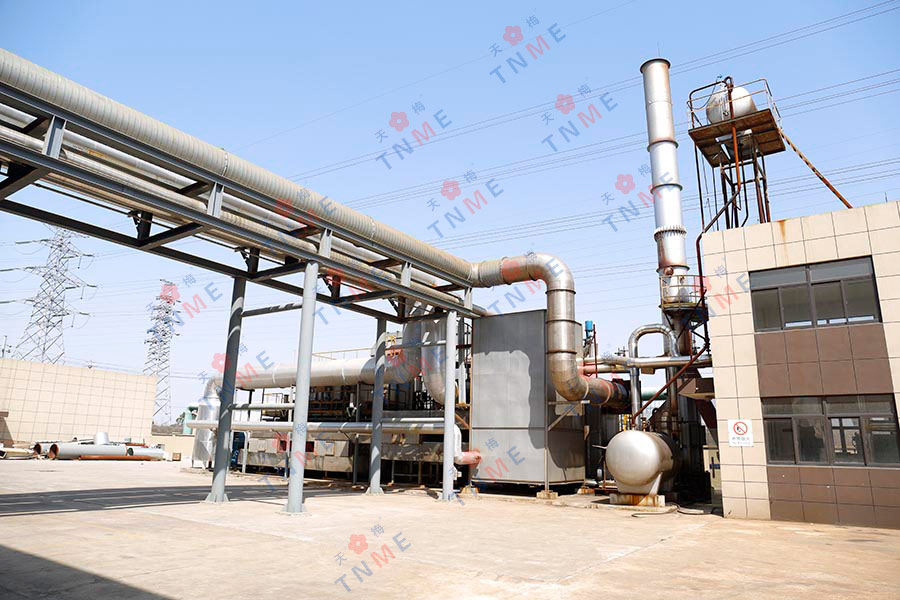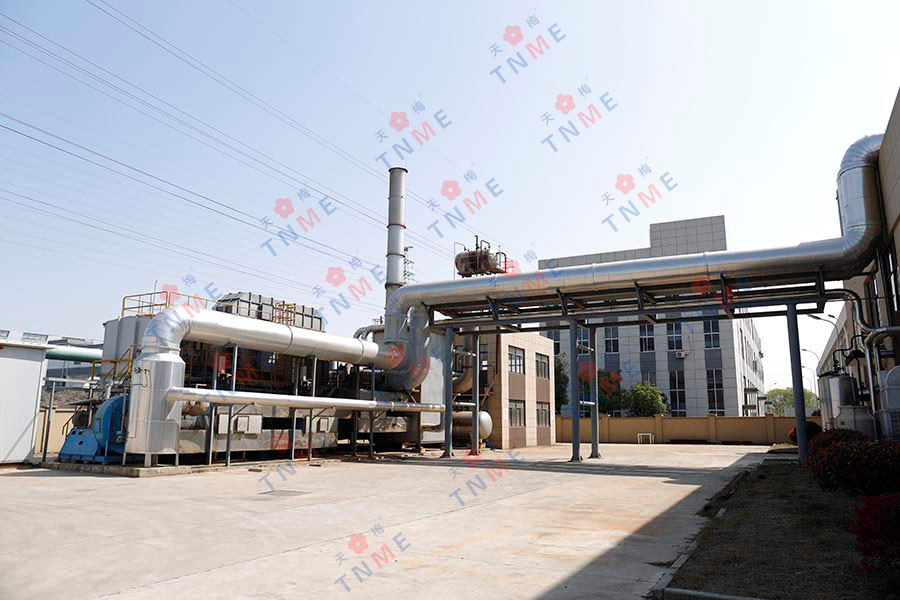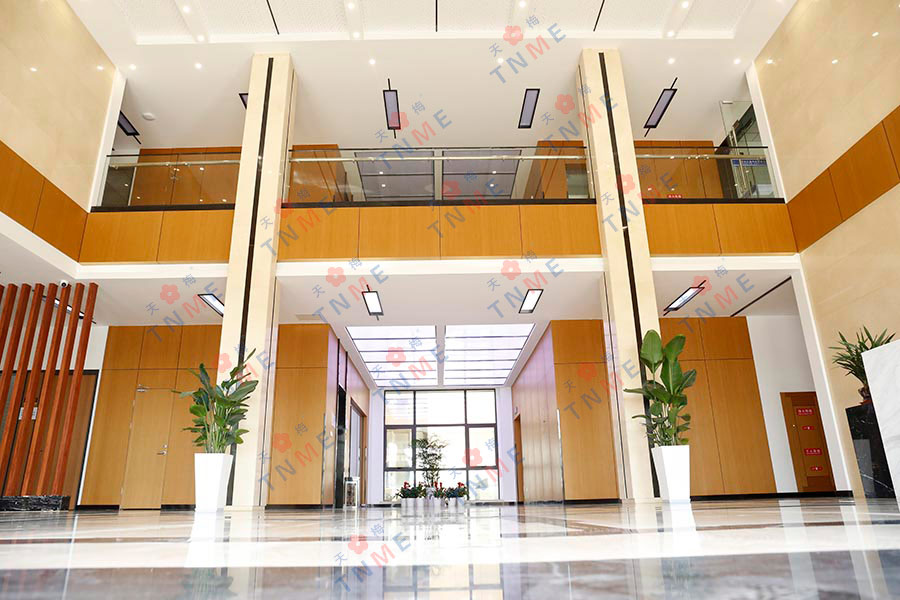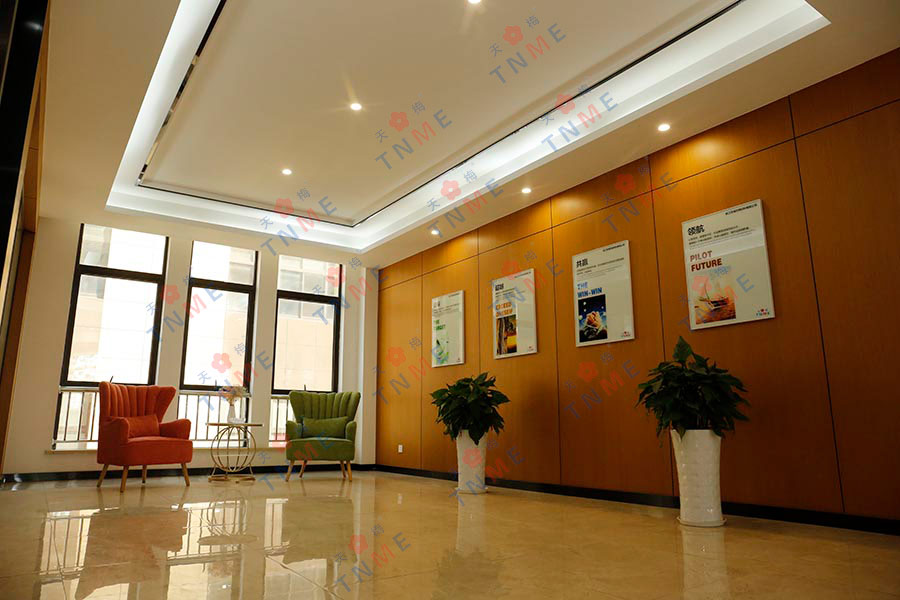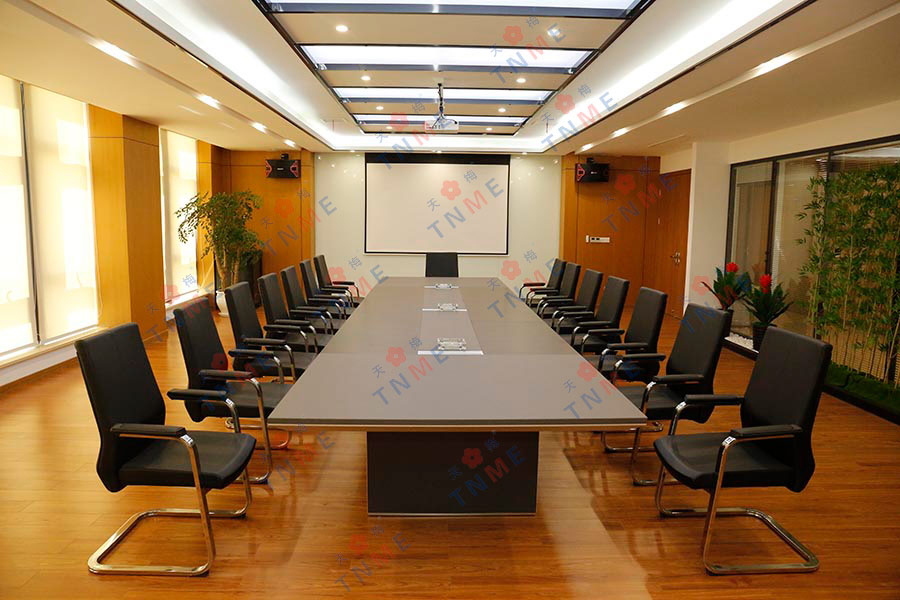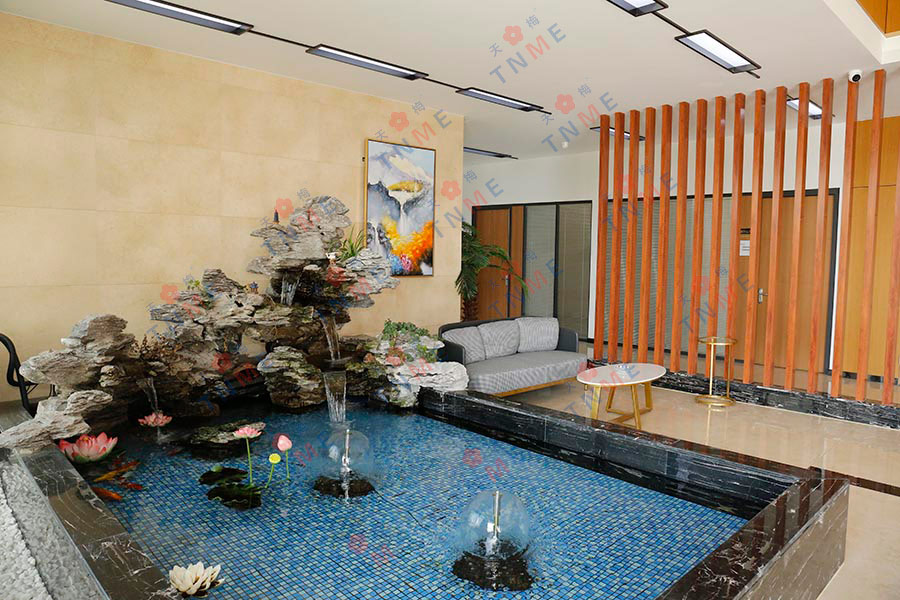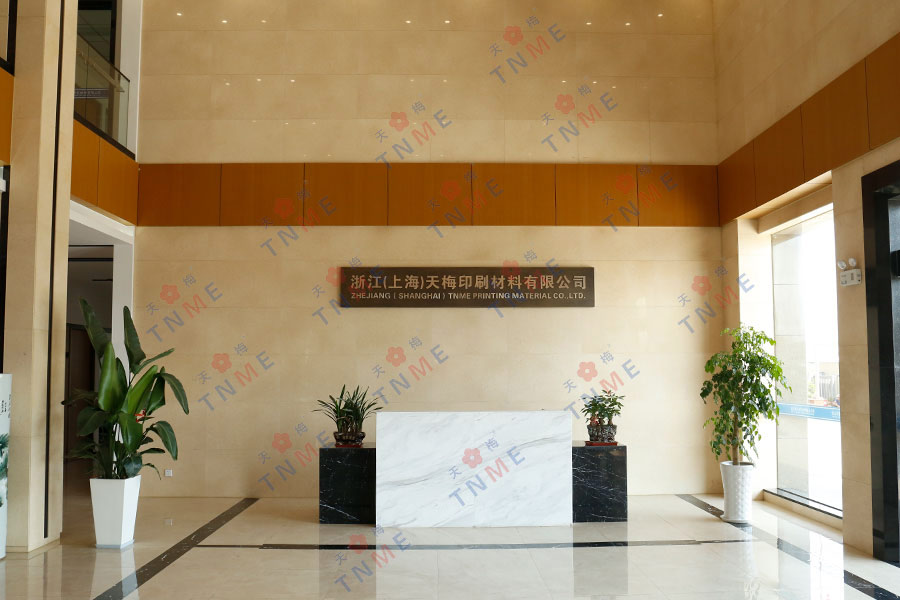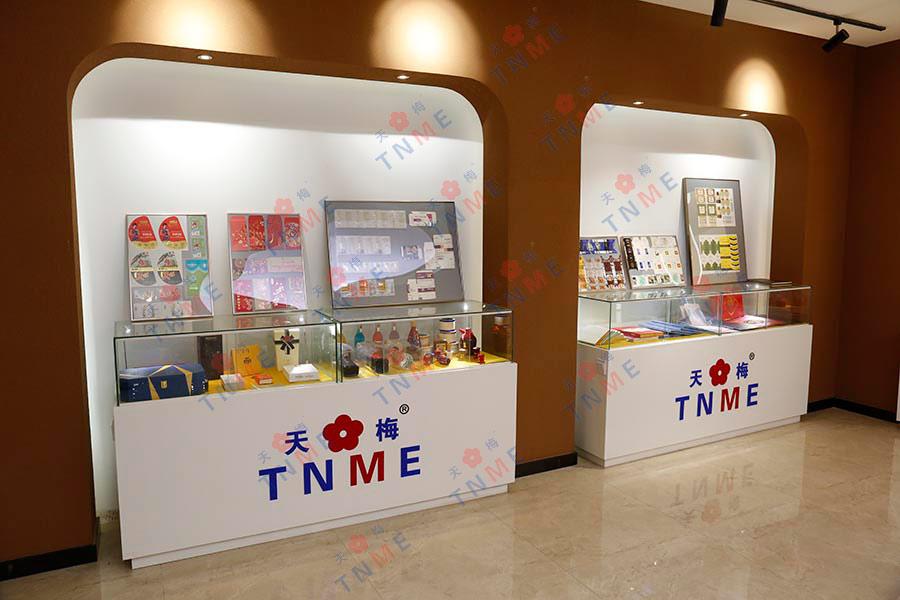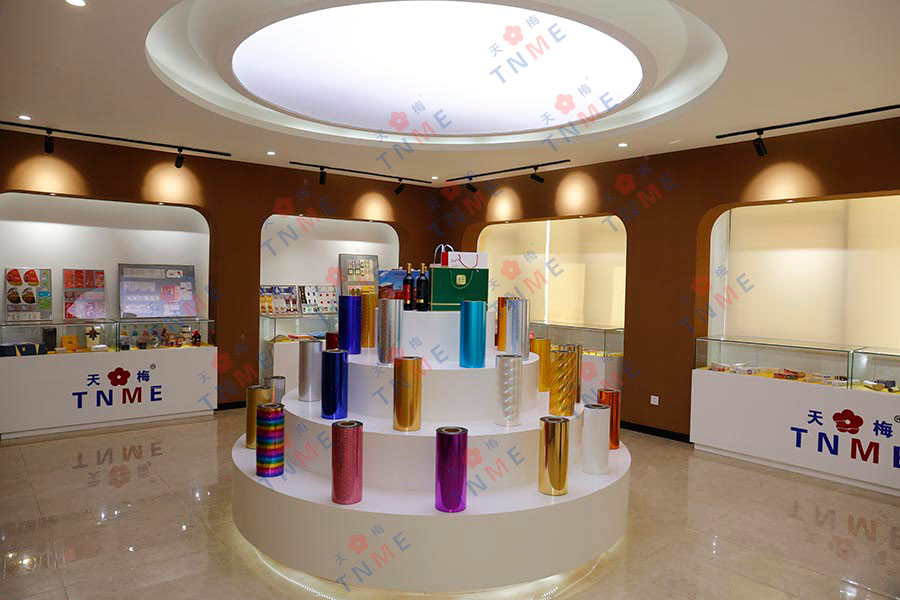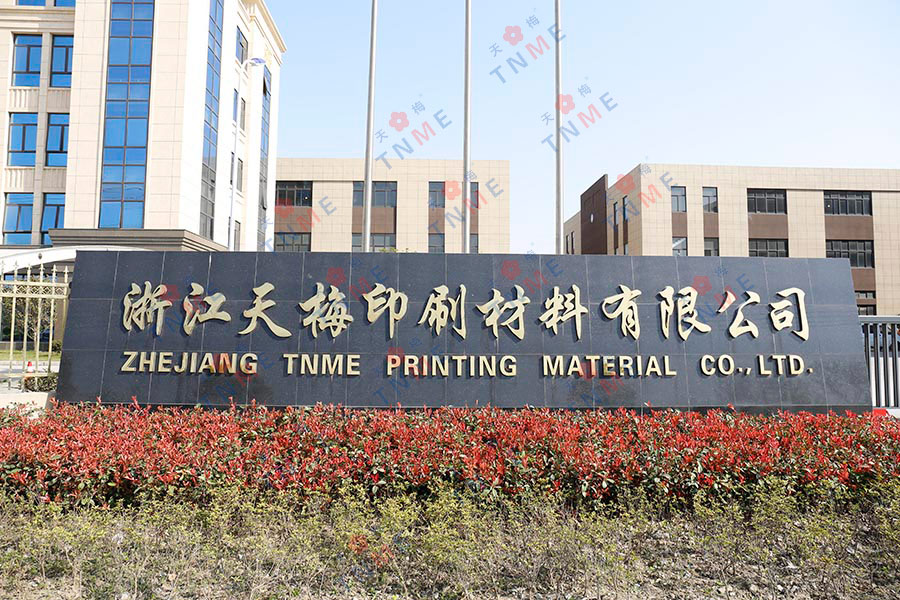Industry knowledge
Are there variations in the composition of plastic foils for different applications?
There are various types of plastic films or foils, and their composition can vary based on the intended application. Different applications may require specific properties such as flexibility, transparency, barrier properties, heat resistance, and more. Here are some common types of plastic films and their typical applications:
Polyethylene (PE):
Low-Density Polyethylene (LDPE): Flexible, transparent, and commonly used for packaging films, plastic bags, and agricultural films.
High-Density Polyethylene (HDPE): Stiffer and more robust than LDPE, used for applications like trash bags, packaging films, and bottles.
Polypropylene (PP):
Biaxially Oriented Polypropylene (BOPP): Transparent, strong, and used in food packaging, labels, and adhesive tapes.
Cast Polypropylene (CPP): Used in packaging and labeling, often for food packaging.
Polyvinyl Chloride (PVC):
PVC Film: Rigid and used for applications like blister packaging, cling film, and credit cards.
Polyethylene Terephthalate (PET):
PET Film: Clear, strong, and used for food packaging, as well as in the production of bottles, and thermal insulation.
Polyamide (PA) or Nylon:
Nylon Film: Strong, abrasion-resistant, and used in various packaging applications, as well as in the production of vacuum bags.
Polycarbonate (PC):
Polycarbonate Film: Transparent, heat-resistant, and used in applications requiring high-temperature stability, such as electronic displays and automotive components.
Polyvinylidene Chloride (PVDC):
PVDC Film: Known for its excellent barrier properties against moisture and oxygen, often used as a coating for other films in food packaging.
Ethylene Vinyl Alcohol (EVOH):
EVOH Film: Excellent gas barrier properties, commonly used as a layer in multilayer films for food packaging to enhance oxygen barrier performance.
Polyurethane (PU):
PU Film: Flexible, durable, and used in applications such as medical films, synthetic leather, and waterproof coatings.
Polytetrafluoroethylene (PTFE):
PTFE Film: Non-stick and resistant to high temperatures, used in applications like food processing, electrical insulation, and release films.
The choice of material depends on factors such as the required mechanical properties, barrier properties, temperature resistance, and chemical resistance for a particular application. Additionally, multilayer films, combining different types of plastics, are often used to achieve a balance of properties.
What factors influence the performance of plastic foil in different conditions?
The performance of
plastic foil can be influenced by various factors, and its effectiveness can vary under different conditions. Here are some key factors that can affect the performance of plastic foil:
Type of Plastic:
Different types of plastics have varying properties, such as flexibility, durability, and resistance to environmental factors. Common plastic films include polyethylene (PE), polypropylene (PP), polyvinyl chloride (PVC), and others. The specific type of plastic used will impact factors like strength and flexibility.
Thickness of the Plastic:
The thickness of the plastic foil is crucial, as it affects its strength, tear resistance, and barrier properties. Thicker films generally provide better protection but may be less flexible.
UV Stabilization:
Exposure to ultraviolet (UV) radiation can degrade many plastics over time. UV stabilizers are often added to plastic films to enhance their resistance to UV rays and prevent premature degradation.
Temperature Resistance:
Plastic foils can have different temperature resistance levels. Some plastics may become brittle in cold temperatures, while others may soften or lose strength in high temperatures. Understanding the intended application and environmental conditions is important.
Chemical Resistance:
The resistance of plastic foil to chemicals is essential, especially in applications where exposure to various substances is likely. Different plastics exhibit varying degrees of resistance to chemicals, acids, and solvents.
Mechanical Properties:
Mechanical properties such as tensile strength, elongation, and tear resistance are critical factors. These properties determine how well the plastic foil can withstand stretching, tearing, and other forms of mechanical stress.
Permeability:
Plastic foils can have different levels of permeability to gases, moisture, and other substances. The barrier properties are crucial in applications where the foil is used to protect against environmental factors or to contain specific substances.
Environmental Conditions:
The performance of plastic foil can be influenced by the specific environmental conditions it is exposed to, including temperature, humidity, and exposure to sunlight. For example, plastic films used in agriculture must withstand outdoor weather conditions.

